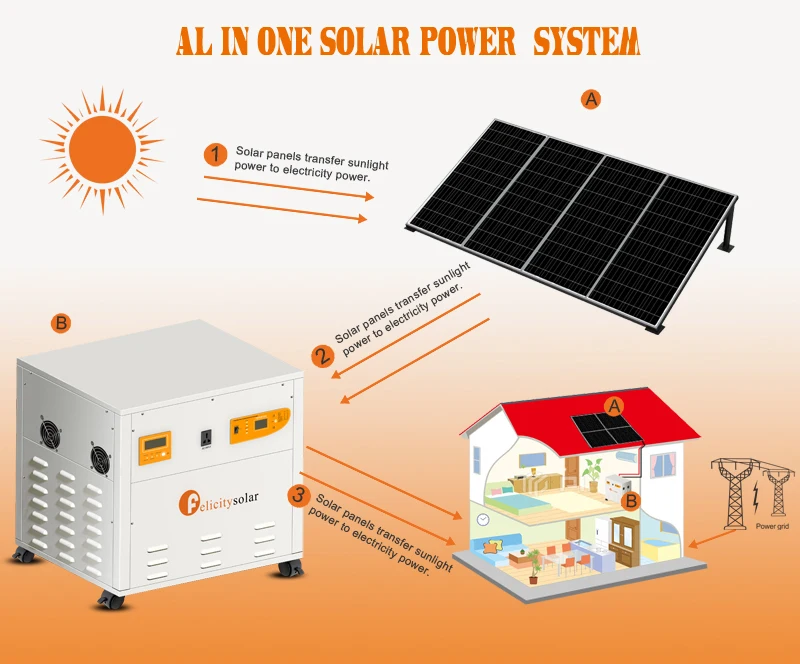


He also raised cattle back then and lost many to dry spells. But the solar pump he acquired in 2019 was tapping a stable supply of groundwater, boosting his yields and growing seasons, and neutralizing the waves of drought that have afflicted sub-Saharan Africa since time immemorial.īefore acquiring his solar system, Gicheru-like the vast majority of Kenya's small farmers-relied exclusively on rainfall. The historic locust invasion devouring fields throughout East Africa. In February 2020, when I visited Gicheru, the small farmer had zero control over the COVID-19 pandemic that was spreading toward Kenya, or Patrick Gicheru's off-grid solar system from SunCulture includes a photovoltaic panel, lithium-ion battery pack, water pump, LED lights, and a flat-screen TV. A model of simplicity, it consists of a 310-watt photovoltaic panel, a 440-watt-hour lithium-ion battery pack, and a controller that supports his 3,000-liter-per-hour direct-current pump as well as a few LED lights, a mobile phone charger, and a flat-screen TV. This year's tomato harvest alone will nearly pay for the technology that's underpinning Gicheru's success: a solar-powered water pump. He estimates the crop will fetch him roughly 10,000 Kenyan shillings-a little over US $93-every week for nearly three months. “Tomatoes are going for about 80 shillings per kilo," he says. Tomatoes maturing on another plot should be ready for market in a month. Smiling broadly, Patrick Gicheru is sowing carrots in layers of soil and compost at his 0.8-hectare farm and recalling a profitable crop of peppers that recently came from the same field. It's a baking-hot February day in Matanya, a village that straddles the equator, a few hours' drive north of Nairobi.


 0 kommentar(er)
0 kommentar(er)
